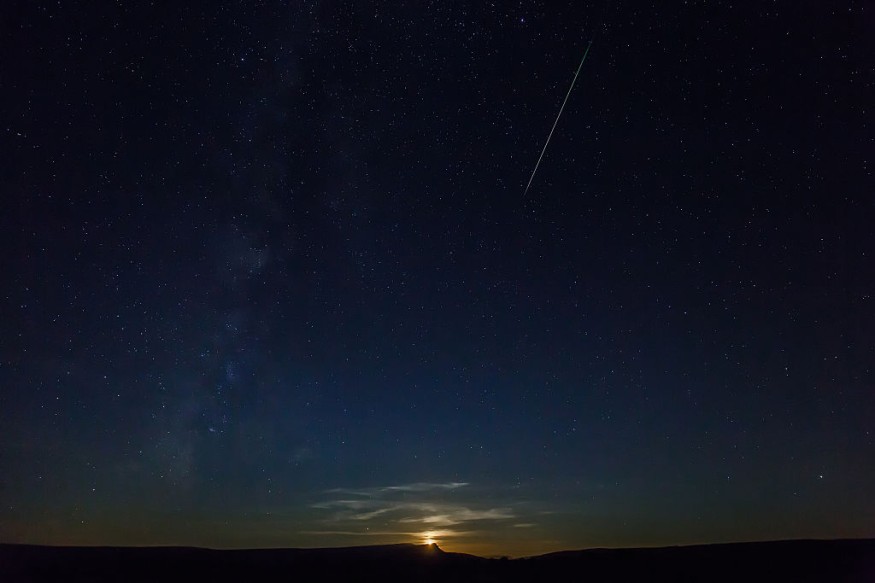An asteroid known as 2009 JF1 with the size of the Great Pyramid of Giza is still likely to impact Earth on Friday, May 6.
This prediction was based on the previous assessment of astronomers several years ago.
The massive space rock will reportedly cause widespread and devastating impact should it hit our planet.
2009 JF1 Asteroid

In November 2019, the National Aeronautics and Space Administration (NASA) estimated that the 2009 JF1 asteroid may strike Earth in 2022.
The following years led to updated reports that the space object might reach us this coming Friday.
During that time, NASA reportedly said there are only one in 3,800 instances that an asteroid strike will occur.
This probability rate is equivalent to 0.026%, and if one is optimistic, there is more than a 99% chance the space rock will not be hitting Earth in the next coming days.
However, despite the potential risk posed by the incoming asteroid, its probability of impact of 0.026% has decreased to 0.00074% since the NASA forecast in 2019, as per the spacereference.org, an online platform that compiles data from NASA's Jet Propulsion Laboratory (JPL) and NASA's Center for Near Earth Object Studies (CNEOS).
First Detection
Due to the low probability of anasteroid strike, the European Space Agency (ESA) in February 2022 downgraded the threat posed by 2009 JF1 and even excluded it from its so-called top ten risk list where the asteroid was enlisted for several years.
2009 JF1 was first discovered by the NASA-funded Catalina Sky Survey at Mt. Lemmon Station in Arizona, United States, in May 2009.
However, the ESA highlighted there were no other individuals or space agencies that detected the space object from that moment.
In its latest report, the ESA underlined that the 2009 astronomical detection resulted in poor knowledge of the asteroid's orbit but provided credit to the Gaia catalog which provided the agency with an unbiased determination and allowed the extraction of more accurate information.
Latest Earth Impactor
Traveling at a speed of 23.92 kilometers per second, multiple media reporting has suggested that that an asteroid strike from 2009 JF1 may result in the destruction of a city or even more, prompting a potential risk for millions of people.
On the other hand, this is still subject to contestation since a relatively small asteroid may still decrease in size once it enters the Earth's atmosphere.
If in case it hits the planet, it will follow the 2022 EB5 asteroid of being the "fifth known Earth impactor," which was reported to have entered the atmosphere and crashed over the waters off Iceland on March 11.
The rock turned into a fireball before it dissipated in the said area, says Earthsky.org, as cited by Space.com.
Asteroid Impact and Measures
The repercussions of an asteroid impact mainly depend on its travel speed and size, as well as the location of its crash site in case it hits Earth.
Nevertheless, NASA astronomers and other space agencies are working on a solution if a planet-killing asteroid strikes the planet once again.
The last one occurred approximately 65 million years ago when the dinosaurs were wiped out by the ten-miles wide Chicxulub asteroid, where its crater can be found in the Yucatan Peninsula of Mexico.
One of the measures that are underway is NASA's Double Asteroid Redirection Test (DART), the first planetary defense mission in the world.
The DART program aims to deflect an incoming asteroid by striking it with kinetic energy through the newly-developed kinetic impactor technology.
© 2025 NatureWorldNews.com All rights reserved. Do not reproduce without permission.





